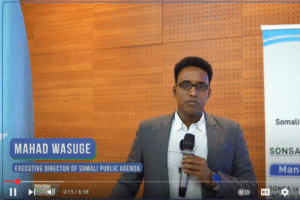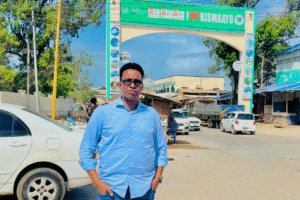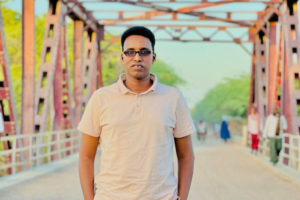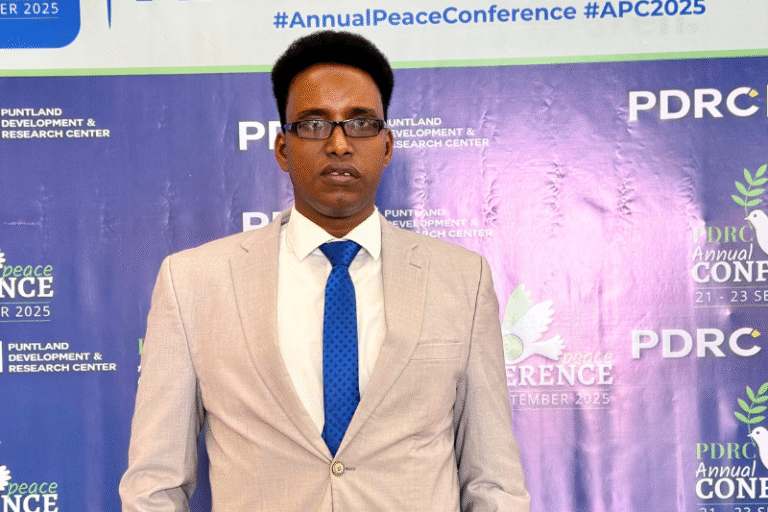
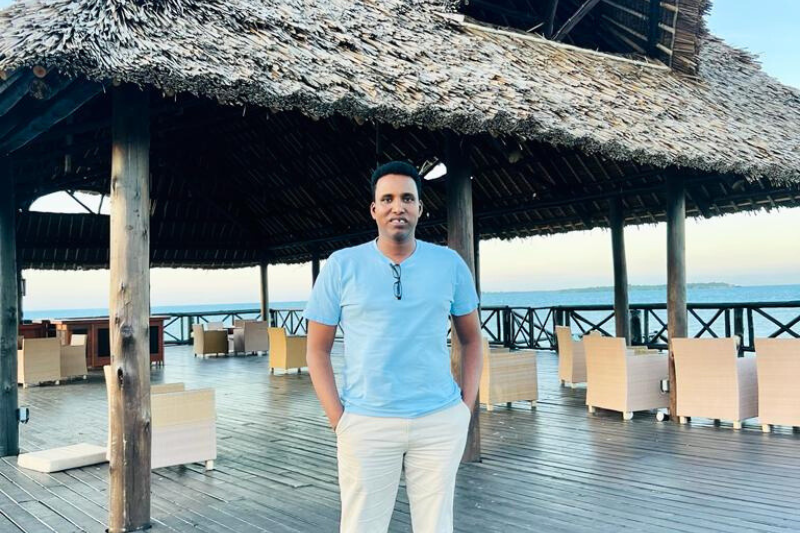
This is the first travelogue I am writing for a trip outside Somalia. When I first started these travel blogs in 2014, my mission was to document and share my experiences and observations in the Somali cities I visited. Although I frequently travel to countries in the Horn, I often don’t write about these visits. Dar es Salaam Tanzania, unlike other regional cities I visited, has many similarities to Mogadishu, and this is probably my main motivation to write this piece. Someone familiar with Mogadishu and Dar es Salaam told my colleague traveling from South Africa to Dar es Salaam for the same meeting that Dar es Salaam is like the old pre-1991 Mogadishu.
I was invited to attend the African Cities Research Consortium (ACRC) grand meeting, which took place in Dar es Salaam. ACRC is a major six-year investment by the Foreign, Commonwealth and Development Office (FCDO) to fund new, operationally-relevant research to address intractable development challenges in African cities. It is led by the University of Manchester. The consortium members and partners conducted studies in over ten African cities including Mogadishu where I co-authored the Mogadishu Safety and Security Domain study.
The trip was long and took more than 17 hours. We traveled to Addis Ababa first and waited for the next flight for eight hours. We landed at Bole International Airport in Addis Ababa around 4:30 pm on 20 May. It was Saturday and the English Premier League matchday. Waiting the eight transit hours, I watched Manchester United’s narrow away win against Bournemouth along with an entertaining Liverpool home draw against Aston Villa and later on the Nottingham Forest win against Arsenal – the match that decided the winner (Manchester City) of the Premier League this year.
Many Somalis traveling to several countries were also waiting for their flights. Coincidently, at the coffee shop I was watching the football match in, I met with my former high school classmate Abdinasir Mohamed Abdi (Birish). We have not met since we graduated from the Sheikh Mohamed Moallim Primary and Secondary School in Beledweyne in 2009. He studied at a university in Kampala and then traveled to the US where he now lives. He came back to establish a family in Mogadishu. We had a good time reminiscing the old memories of our school and our former classmates.
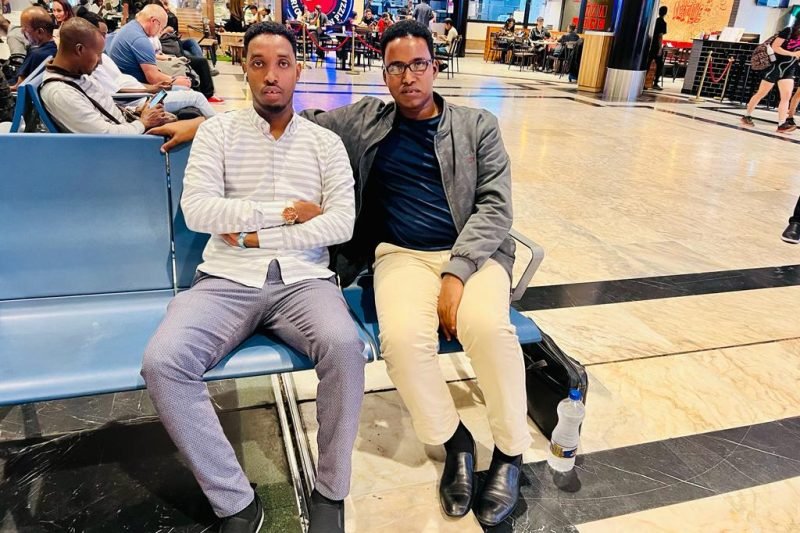
It was my first visit to Dar es Salaam. We landed at the Julius Nyerere International Airport around 3:00 am. I was stopped by a lady checking the passports. She asked me for my Yellow Fever Card. I did not know it was a requirement, but I also saw other passengers holding European and US passports going through without being asked. I had a similar experience and had vaccination in Nairobi almost a decade ago in 2014 where I received a 10-year valid yellow fever vaccination card. I was vaccinated and paid $50; this one has no expiry date. Outside of the hotel, there were bajaaj/tuktuk and other taxicabs. On our way to the hotel, the roads were already busy with vehicles although it was late at night.
My first experience in Dar es Salaam was a visit to Chamazi Community-Based Housing Scheme. The scheme was implemented in a place distant from the hotel, and I had the chance to observe the city on our way to Chamazi, which took almost two hours. The city’s roads are well-built and the surroundings are green. The city center has nice buildings, but as we got closer to Chamazi, we could see the urban poor houses, tea shops, and businesses, which are very much similar to Mogadishu. Some parts of the city (the areas primarily inhabited by the urban poor) resemble some parts of the current Mogadishu, but as I said above, most parts of Dar es Salaam look more like the old pre-1991 Mogadishu.
Initiated by the Tanzania Federation for Urban Poor (TFUP) with the support of the Center for Community Initiative (CCI) and closely coordinated with the Temeke Municipality, the Chamazi Community-Based Housing Scheme was commenced when the government announced the expansion of the port in 2006. Urban poor tenants were displaced from the port area. The Tanzania Federation for Urban Poor (TFUP) members collected money and bought a plot of land in the Chamazi area. They constructed houses in different phases. Currently, there are 50 houses that former tenants live in. The Federation leader, a confident old Muslim man, explained the initiative in Kiswahili as we were listening in a big circle. We had a tour of the housing scheme and took photos in groups. The community members were taking notes and had a visitor book to record our names and contacts. It was a nice experience visiting the Chamazi housing scheme and seeing the rental federation, which I did not see in Mogadishu.
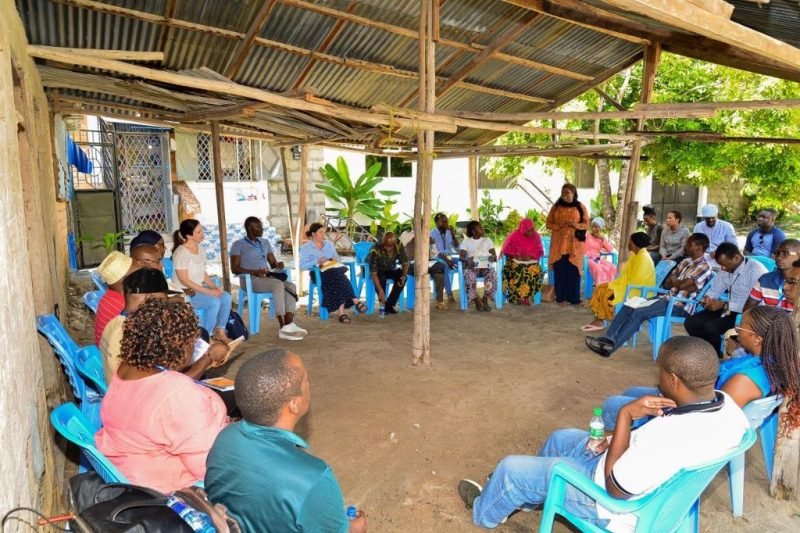
As we returned to the hotel, I had a chat with a Tanzanian citizen who was helping the ACRC team with translations. The Tanzanians speak a formal Kiswahili (very few of the average citizens speak another language). They have no or limited clan or ethnic identification. They would often identify themselves as Tanzanians. The national identity is stronger than any other identity. More than 60% of the population lives in rural areas as the country depends heavily on agriculture.
The ACRC workshop was most of the time interactive. A diverse group of people from several African cities came together. I met with researchers from cities I know little about. I Googled Bukavu, a city in the eastern Democratic Republic of the Congo, to know more about it as a colleague was presenting that city’s safety and security domain study findings in French. Representatives from more than 10 African cities attended the meeting. The similarities between Mogadishu and Maiduguri (Nigeria) on security were interesting to me. I joined plenary and working group discussions on the research findings, authorship, attribution and acknowledgment, decolonizing knowledge, research uptake, and Priority Complex Problems (PCPs), a complex phrase used to address complex urban challenges.

We had a good representation of Mogadishu; we were a team of 7 researchers, 6 of them Somali. In the evening, and during the workshop break, the Somali team would come together and discuss Somalia’s affairs. We had engaging and interesting discussions on several policy issues – from religion, land dispute resolution, and the Islamic Courts Union (ICU) to federalism and elections – in Somalia. The ACRC grand meeting in Dar es Salaam was a great opportunity for us to discuss many policy issues and understand our analytical points of view.

After the end of the day and before dinner, I would often go to the beautiful Indian Ocean beach adjacent to the balcony of my room. The greenery of the White Sands Hotel and the fresh air at the beach was breathtaking. I disconnected from technology and enjoyed these minutes.
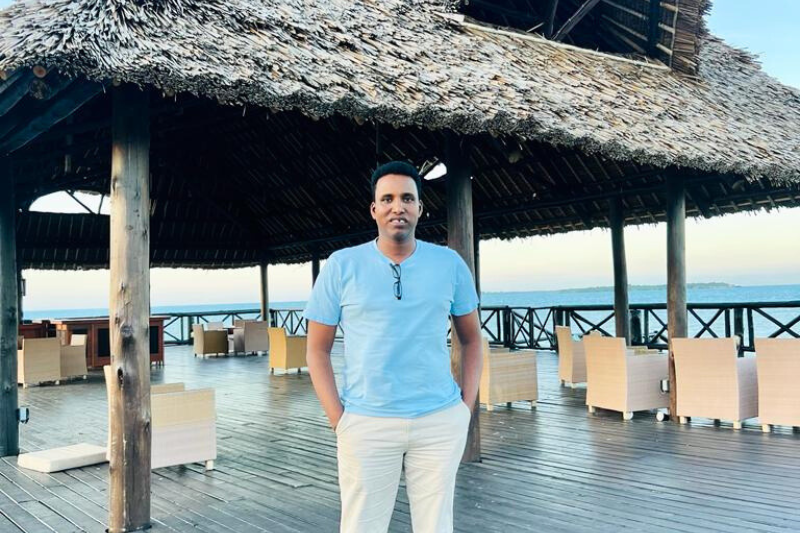
Hours before another long trip to Mogadishu, I had the chance to go downtown and meet with my childhood friends who have businesses in Tanzania. In the taxi, my friend Abdirisak Mohamud and I discussed the similarities between Mogadishu and Dar es Salaam. The taxi driver parked the car in front of ‘City Mall’. The coffee shop near the main entrance is owned by a Somali businessman, and this was the place where Somalis in Dar es Salaam mostly gather. I met with my old classmate at the al-Imra Institute of Languages in Buulaburte, Abtidon Osman, who recently moved to Dar es Salaam from Somalia, and his brother Abdirahman, a businessman who has been in Tanzania for more than a decade. It was great seeing and chatting with them in a place we never expected we would meet in.
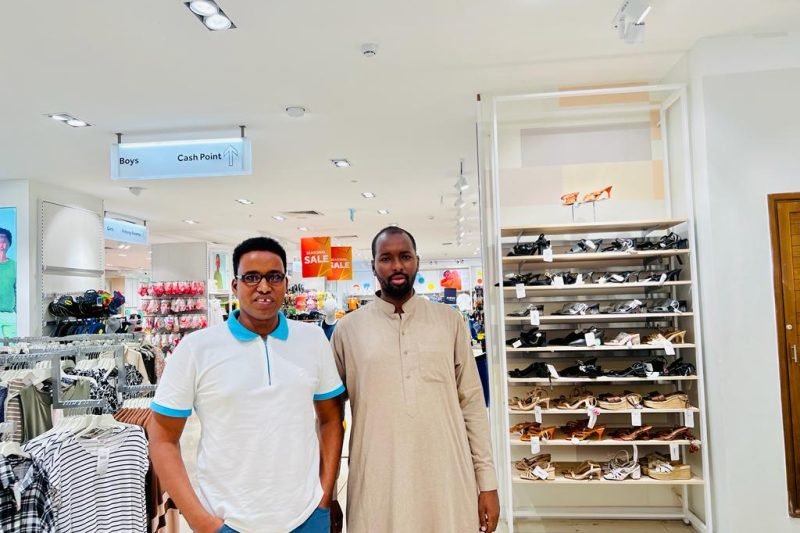
The visit to Dar es Salaam was a nice experience for me. I was impressed by the solid foundation that the founding fathers of this country (particularly the first president Mwalimu Julius Nyerere) built: the national identity and the language. The heat, the sea, and the buildings resemble the Mogadishu I live in and prompted me to think about how a peaceful and better-governed Mogadishu could look in the future! I left the city with a good impression and great books I bought at the airport that will be a valuable addition to my home library.
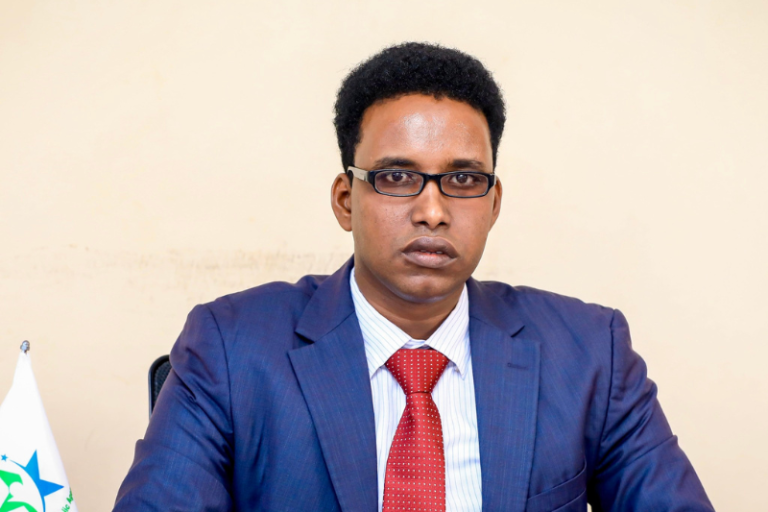
Is a researcher, teacher, podcaster and blogger. His work over the last decade has focused on teaching and researching governance, justice and social services in Somalia.

